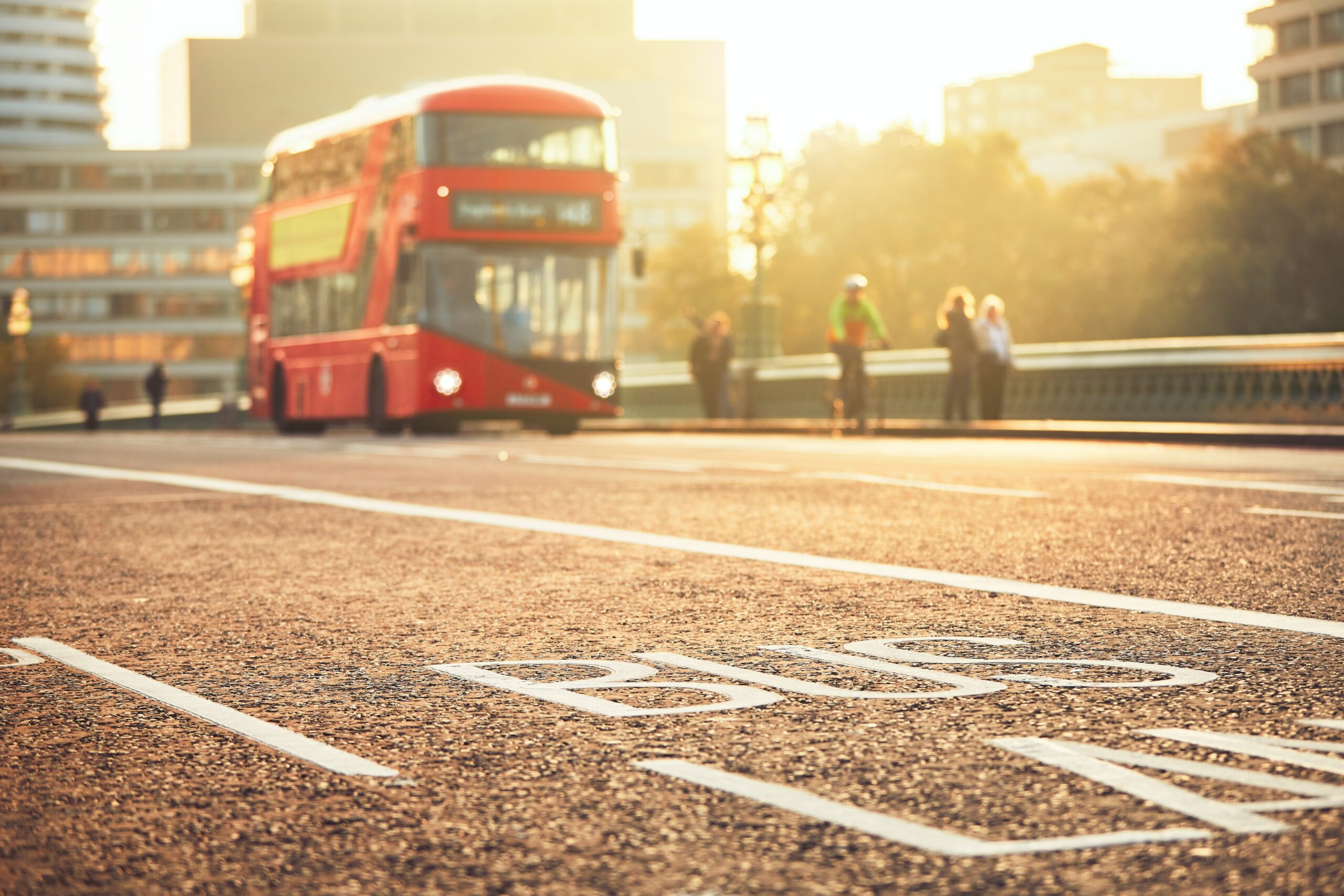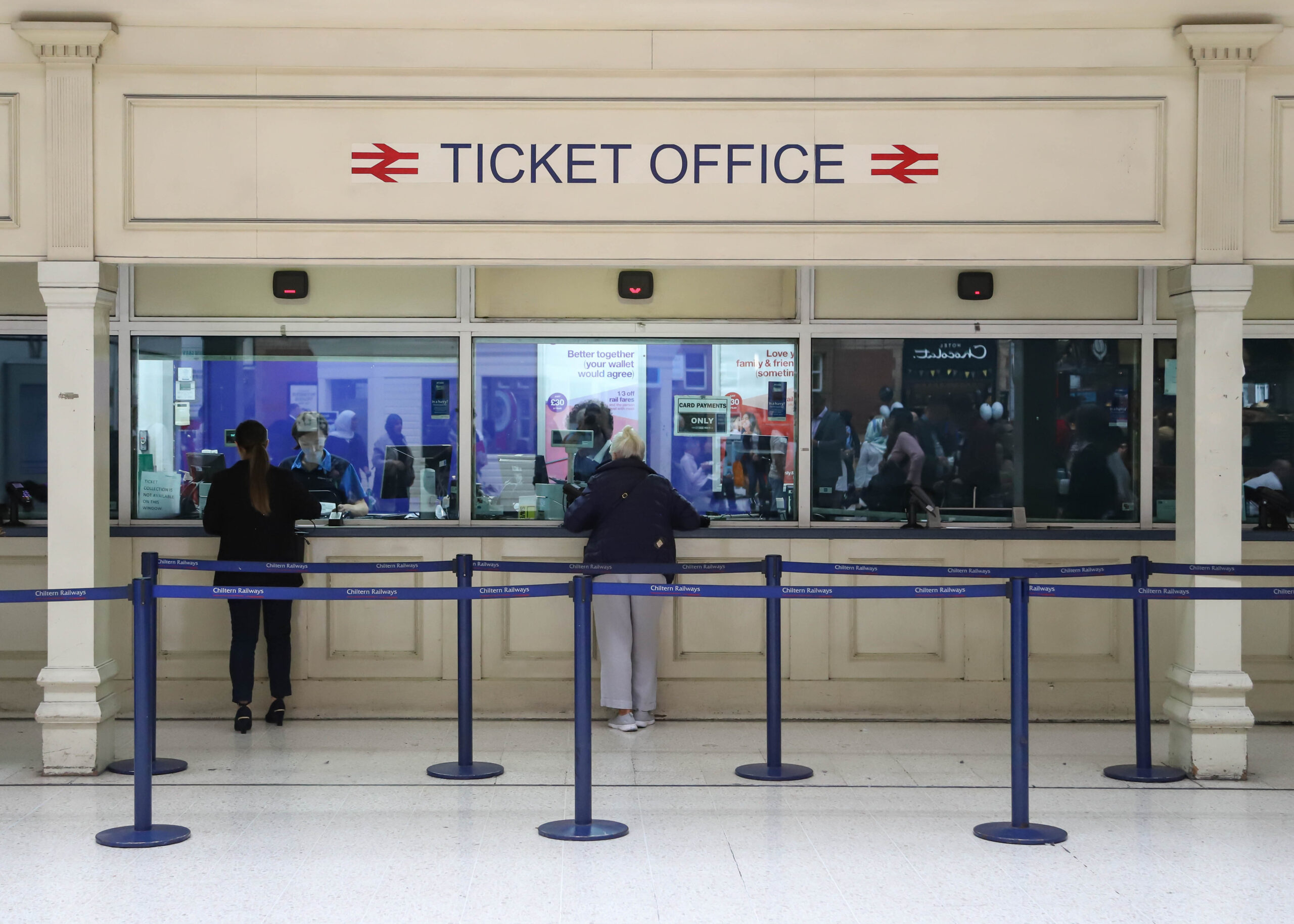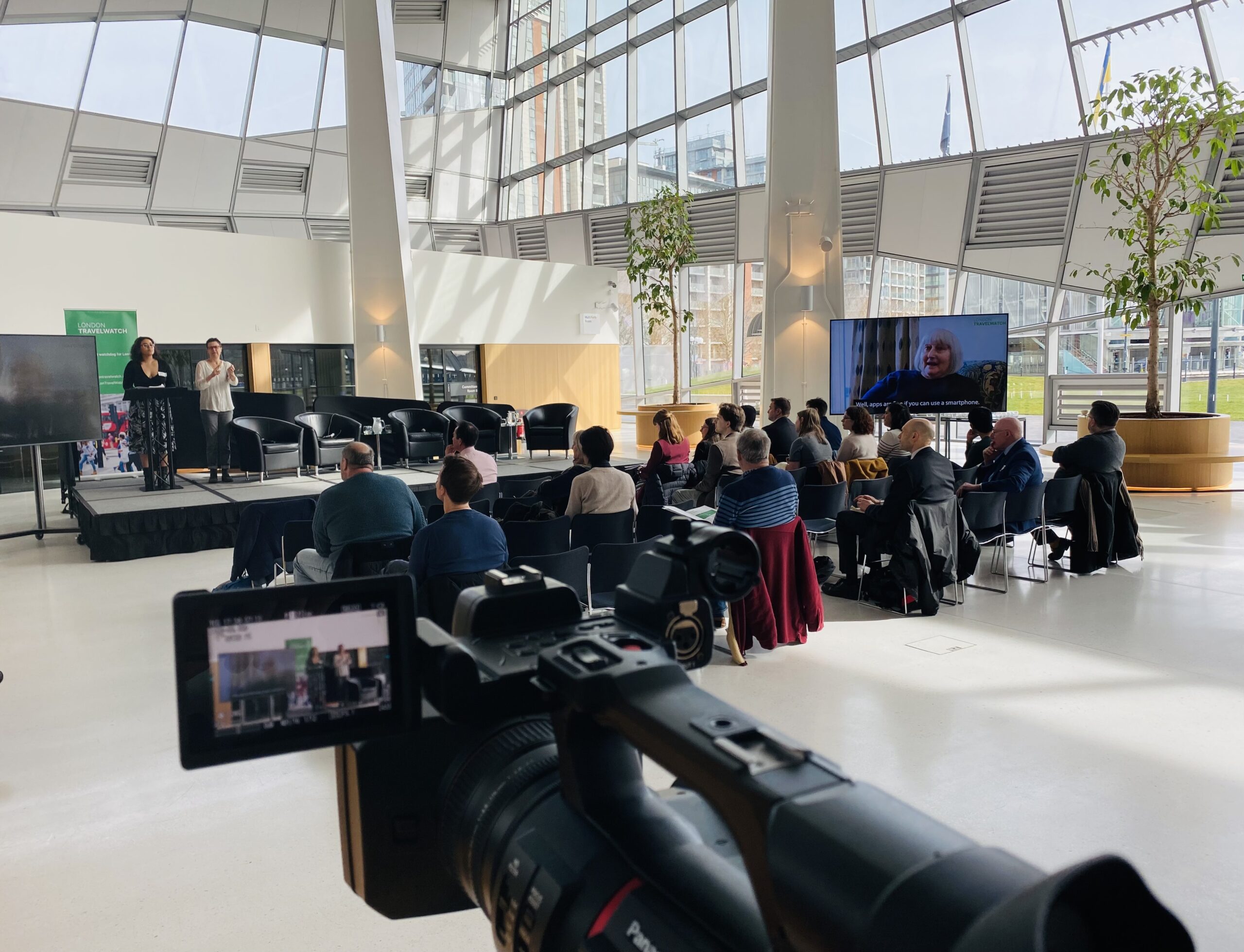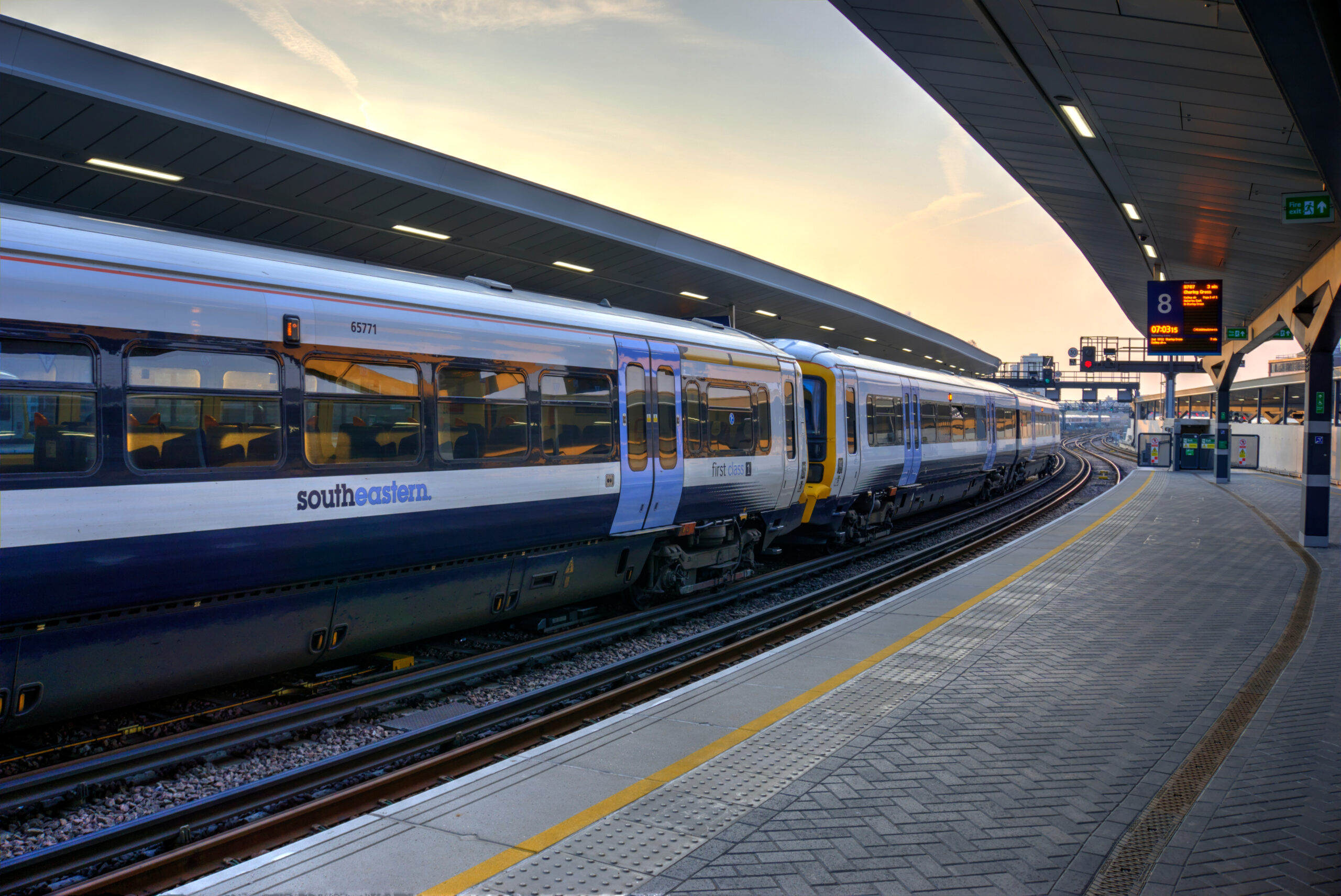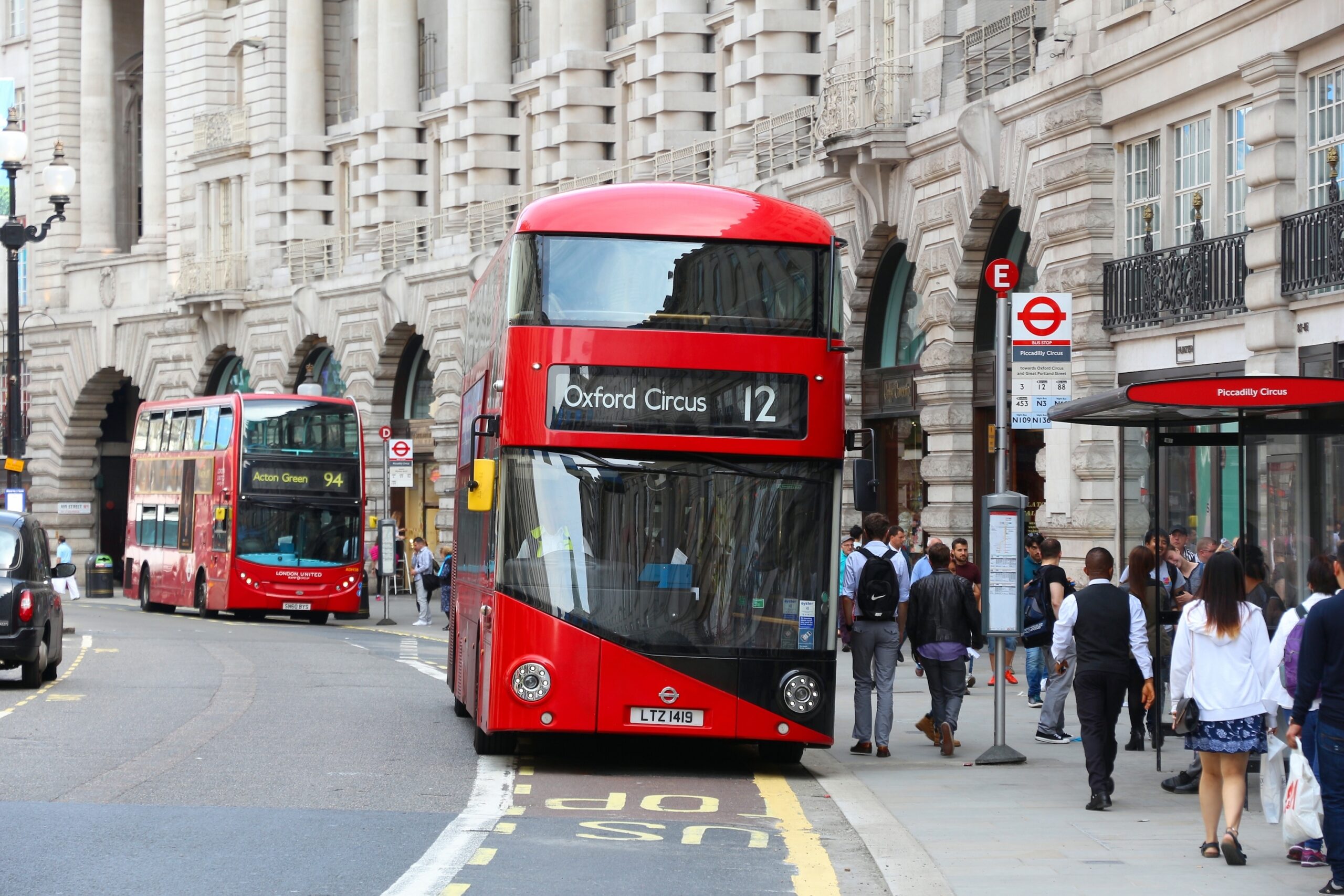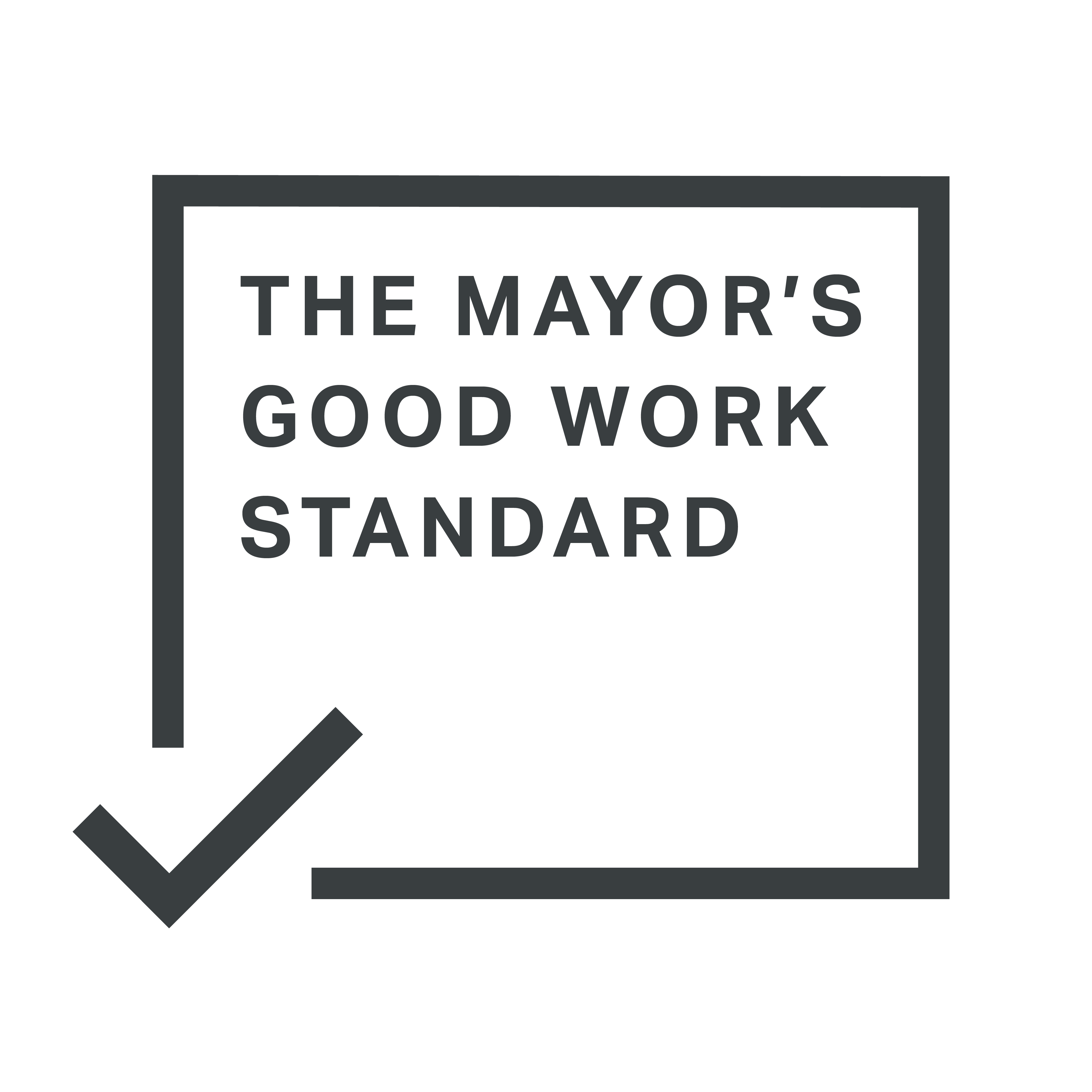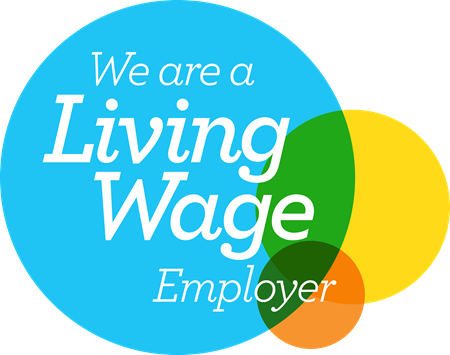03 December 2021
Bus lanes are now a familiar sight on the streets of London. We tend to take them for granted. But go back thirty years and you’ll find they were a hotly-contested novelty. Their history is almost as colourful as the lanes themselves.
Do you know where and when the first London bus lane was put in? Vauxhall Bridge: 1968. But it wasn’t until the 1990s that we saw them mushroom. That was the result of tumultuous transport changes in the capital in the 1980s. Bus priority schemes were developed by the Greater London Council (GLC) but Ken Livingstone’s administration really became known for its cheap fares policy: ‘fares fair’. You could travel from Brixton to Hampstead on a Sunday for 20p!
Protests lead to bus lanes
It was the dramatic events in the latter half of the 1980s (by which time the GLC had been abolished) which gave birth to the bus lanes of the 1990s. The Government proposed a £13bn programme to build new highways and widen existing ones. Hundreds of homes would have been destroyed and treasured green spaces decimated. It resulted in one of the biggest protest movements London has ever seen. Under the umbrella of ALARM (All London Against the Road Building Menace) over 250 local protests groups sprung up across the capital. Faced with this level of opposition, the Government withdrew its road building programme in 1990.
With road building off the agenda, the Government needed to find a way of relieving congestion on London’s key roads. In came the idea of the Red Routes. The main thoroughfares were to become clearways. But the newly-appointed Traffic Director for London, Derek Turner, was determined that the Red Routes would work for bus passengers and pedestrians as well as cars and lorries. He was given powerful backing by the Transport Minister, Steve Norris.
The London Bus Priority Network was developed jointly by the 33 London boroughs and London Transport, in liaison with the Department of Transport and the Traffic Director for London. The objective of the project was to install bus priority measures throughout an 865 km network of major bus routes by the year 2003.
Bus priority- more than simply bus lanes
Of course ‘bus priority’ included much more than bus lanes. There were exciting and innovative proposals that involved using traffic signals to relocate queues to places where bus priority could be provided, additional signals in advance of a junction as well as technology to tell the controllers where buses were on their journey.
Not everybody liked bus lanes, of course. Businesses on main roads feared trade would suffer. It didn’t because of the large number of people who arrive at their local shops on foot or by bus and because short-stay parking was introduced on the Red Routes. Some motorists chafed at the bus lanes but, a bit like the smoking ban, began to accept them as a way of life.
Halcyon years
When the Central London Congestion Charge was introduced in 2003, much of the revenue was used to invest in buses. More frequent services, enabled by bus priority measures, and the road space freed up by the congestion charge, made bus travel a lot more attractive. In the first year of congestion charging alone, London enjoyed a 30% reduction in traffic congestion and a 30% increase in average speeds, while bus passenger numbers increased by 38%.
From 2008 one could argue there has been a greater emphasis on ‘keeping the traffic moving’. Bus priority was wound down and enforcement of parking violations was less well supported and, in fact, some bus lanes were taken out.
This coincided with the growth of private hire vehicle apps, internet shopping and general economic activity leading to a rise in traffic volumes (mostly light vans). Congestion rose and bus speeds started to fall.
Faster by donkey
In 2016, the Evening Standard found that commuters could travel to work through Central London faster by riding a donkey than by bus:
Official figures on bus speeds around the capital show that some routes are so slow that it would be faster to get to work at an average speed of 10mph on the back of a donkey.
The Transport for London statistics show that some buses crawl along at just 4.6mph during the morning rush hour. That means they are moving slower than mice, which scurry around at 8mph or chickens, which can reach speeds of 9mph.
Sadiq Khan, the current Mayor, elected 2016, has promoted alternatives to the car but, recently it seems that bus priority measures havenot had the focus they once did.
A 2016 report (1) concluded:
Despite London Buses being one of the capital’s transport success stories over the past 15 years, more recently bus speeds have been declining faster than anywhere in the UK. This comes after decades of relative success in protecting bus passengers from traffic congestion through effective bus priority measures, such as red routes and other initiatives, and the central congestion charging zone introduced in 2003. If the average bus speed in the UK’s congested urban areas has historically been decreasing by almost 1% p.a., then for one-third of London bus routes the decline has been more than five times this average over the past year.
Back to the bus
There are signs that Transport for London is looking once again to give focus to the bus. If the Mayor wants to achieve his ambitious target of 80% of all trips in London to be made on foot, by cycle or using public transport by 2041, he needs cycle lanes, better conditions for pedestrians and investment in bus priority measures. The story of the bus lane is far from complete……
References:
- https://www.cpt-uk.org/media/swmhzxwe/prof-david-begg-the-impact-of-congestion-on-bus-passengers-digital-final-1.pdf
- https://www.standard.co.uk/news/london/london-buses-move-more-slowly-than-mice-or-chickens-a3187751.html

